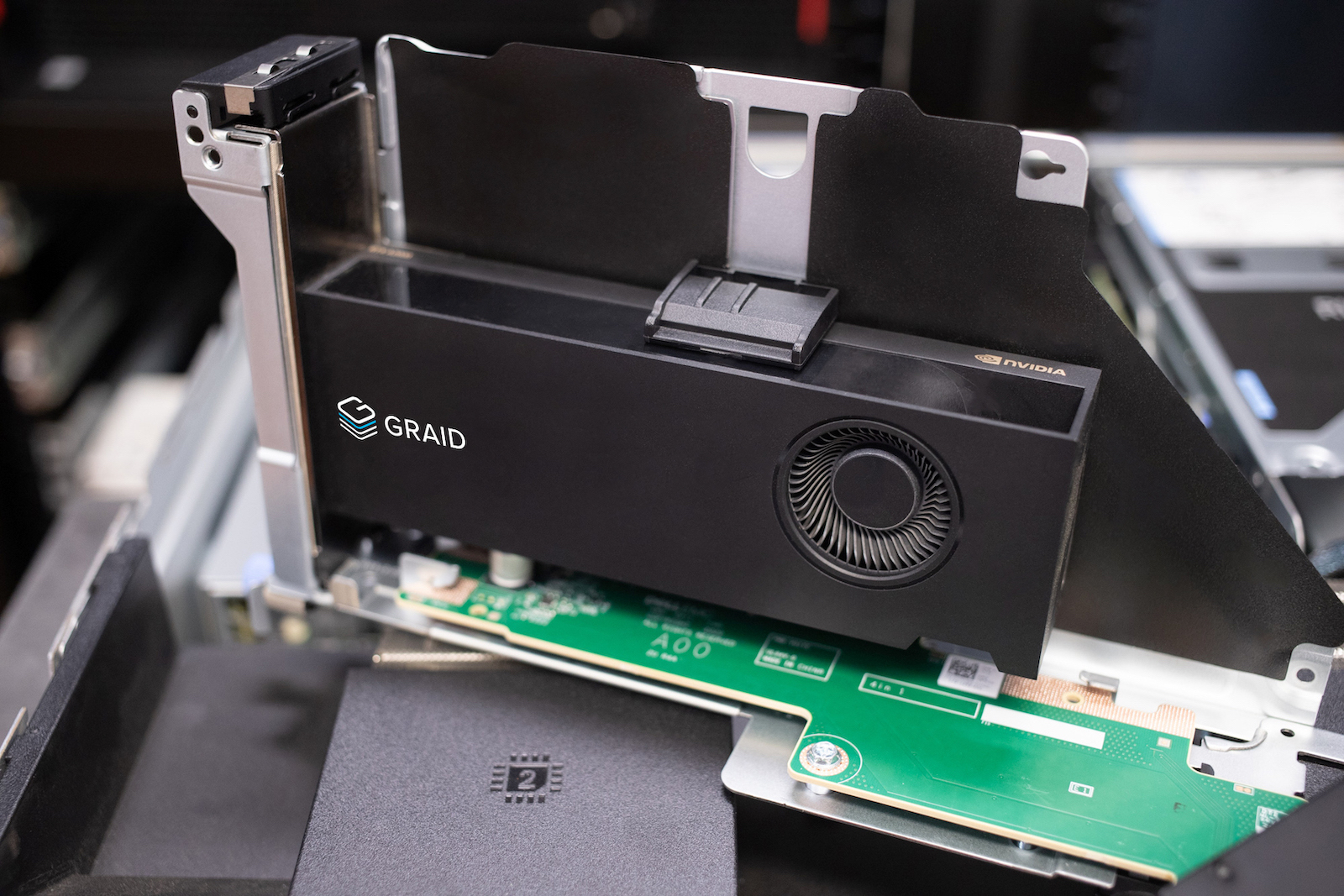Continuing my RAID 6 posts, first HDS’s RAID 6, then NetApp’s RAID-DP and now this time around it’s HP’s RAID-6 ADG. Will try to keep this post short in terms of overall RAID 6 concepts, rather jump directly into the technical aspects of HP’s RAID-6 ADG (Advanced Data Guarding).
Some upcoming post would include RAID 6 technology and its implementation by Sun, IBM and EMC. The final post should be about a comparison of all OEM products and the usage of RAID 6.
Here are the links to previous post related to RAID 6 and data protection
HP’s Business Case with RAID-6 Advanced Data Guarding (ADG)
So Advanced Data Guarding….the name is just perfect…. HP’s pitch to their potential storage customers would include a slide on ADG (I am assuming that is the case). This cost effective and fault tolerant technology is proprietary to HP and its patented, just cannot find a reference about it on the US PTO’s website.
RAID-6 ADG is supported on the MSA (Modular Smart Arrays) SAN platform.
I believe it’s not supported on any EVA (Enterprise Virtual Array) platforms. No RAID 6 support available on LeftHand Network SAN’s.
With HP XP-24000, HP XP-20000, HP XP-12000 and HP-XP 10000 there is no support for RAID-6 ADG, but there is native support for RAID 6 (dual parity).
HP Storage Products traditionally have support for RAID 0, RAID 1, RAID 1+0, RAID 5 and now RAID-6 ADG. Some LeftHand Network SAN’s support RAID 3 and RAID 4.
The argument from HP is pretty similar to the ones we already discussed with HDS and NetApp in the previous post. The push for RAID 6 at HP comes due to the existence of larger disk size and requirements for fault tolerance to run 24 x 7 x 365 applications.
Since there is an additional parity calculation associated with RAID-6, HP’s recommendation is to use RAID-6 ADG with lower writes and high reads only. If you have an application performing random writes, RAID 6 (ADG) might not be an option for you.
HP’s RAID-6 Advanced Data Guarding (ADG) Technology
Here is a snapshot of how this technology operates.
In the case here, we have 6 disk drives attached on a fiber loop or SCSI bus / controller. Data is striped on Disk 1, Disk 2, Disk 3, Disk 4 and then Parity (P1) and (Q1) are generated and written on Disk 5 and Disk 6. You can assume each data block is 4kb or 8kb in size.
Similarly, as the process continues, the next set of data strips start at Disk 1 then go to Disk 2, Disk 3 and Disk 6, while the parity is written on Disk 4 (P) and Disk 5 (Q). ADG is based on P + Q algorithm to calculate two independent parity sets. Exclusive OR (XOR) is used to calculate the P and Q Parity. The P Parity is exactly like it would be for RAID 5 and Q is calculated based on Error Correcting Code. The Q is then striped across all the disk within the RAID Group.
If a single drive is lost in the Raid Group, data is rebuild using ordinary XOR P (Parity). Also the P and Q are both recalculated for each rebuild block. If a second drive fails during this time, the rebuild takes place using the Q Parity. During these times data is still completely available with a little degradation.
If you do add a spare drive to this configuration, now your raid group can pretty much withstand 3 drive failures before data loss.
This technology can be implemented with a minimum of 4 drives. The overhead with use of 4 drives in a single RAID Group is 50%. If you run 60 drives in a single RAID group, your overhead might be close to 4% {100 – [100 x 2 (parity) / 60 (drives)]}.
The formula to calculate your usable space will be C * (n — 2), where C is the Size of your smallest drive in the RAID Group and n = number of drives. It is highly recommended all your disk drive sizes are similar.
If you are running more than 14 physical drives in a single RAID Group, HP’s recommendation is to use RAID-6 ADG. With 6 drives in a RAID Group, the failure probability is 1E-10. With 60 drives in a RAID Group, the failure probability is 1E-7.
Again HP’s big pitch with RAID-6 ADG is Cost Effectiveness with Fault Tolerance, not really performance.





